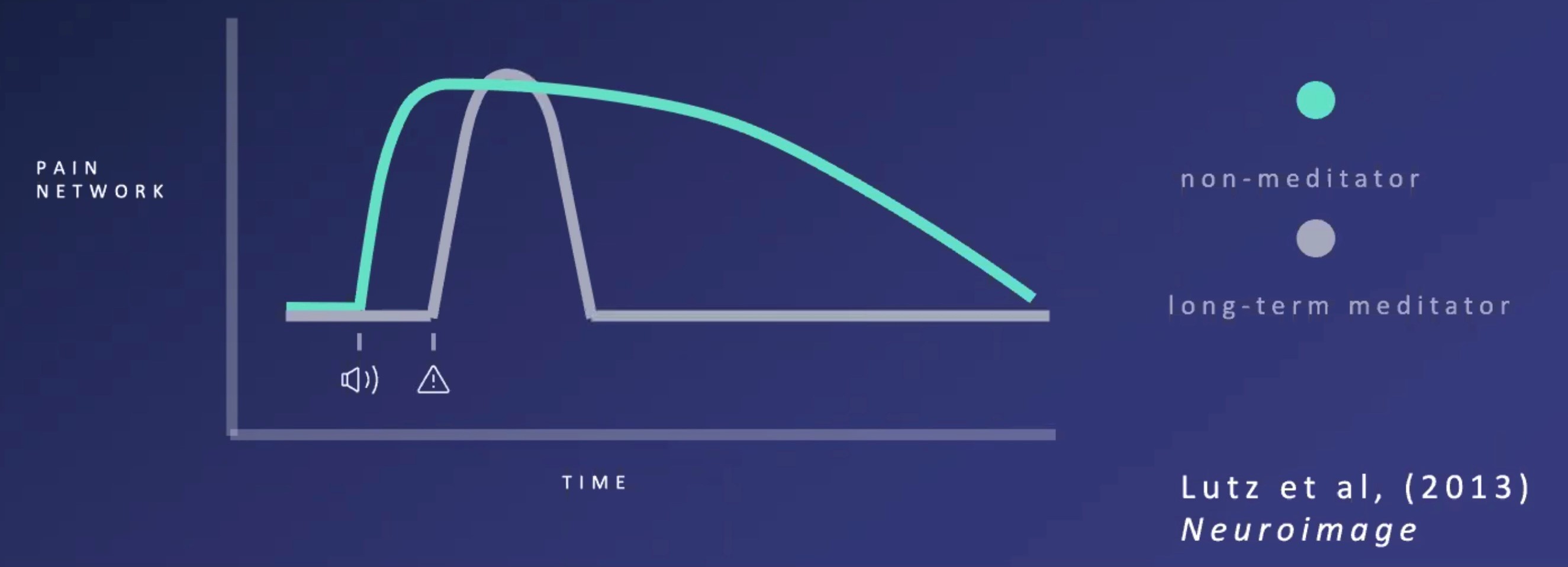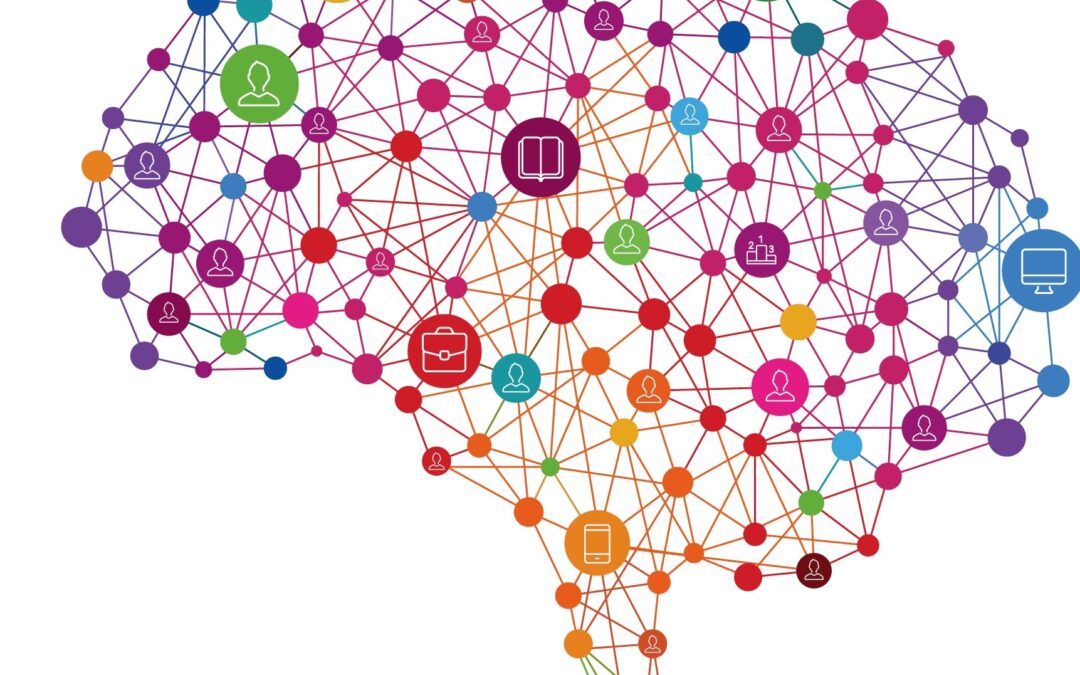Today I joined a webinar by Mingyur Rinpoche and Dr. Richard Davidson on Meditation and the Science of Human Flourishing. Aside from many mindfulness elements that will benefit my personal practice, the insights also sparked some connections for the work in organizational transformation.
In the role of enterprise agile coach supporting colleagues on their agile transformation journey, I’ve observed some phenomena that one could possibly use insights from various disciplines to guide decision making. The role I have is more a systemic organizational coach rather than a typical agile coach in software development, that’s why there are multi-disciplinary and multi-dimensional topics I’d consider.
One topic is about certainty, transparency and our human response to pain caused by fear. During this webinar, Dr. Davidson shared this finding of pain response of long-term meditators vs. control groups. I’ve noted this experiment in my previous blog here. In short, people respond to uncertainty, potential threat (perhaps caused by rumors or guesses) as if they were experiencing that situation, long before it actually happens. Their pain response activates as soon as they sense a first signal. The long-term meditators responded very differently (see the following graph)
Linking that to a transformation context, especially when we’re experiencing a VUCA world, there are a lot of uncertainties in a complex situation. And when the organization is large in size, there can be a lot of small pockets of vacuum. This is where this neuroscience finding could give some insights. If we know that people are already suffering as if they are experiencing the actual pain. Perhaps the best way is to go back to the very principles that agile practices always emphasize, transparency. Giving the sense of openness, showing what we know, what we don’t know. By having that transparency, and possibly invite input we can create a ground level trust in the organization and create a sense of participation.
Of course for many leaders this is not an easy step because this means leaders will need courageous and authentic interactions, show vulnerability and accept that failure is a must along the journey. To navigate in a complex world, the fundamental trust in the “grassroots wisdom” of self-organized teams is perhaps the biggest milestone. And the reframe of leadership in a complex environment is another milestone.
If leaders of the transformation effort don’t have sufficient awareness of such complexity, then there could be disturbances. Simply put, if the leadership team doesn’t have deep transparency and aligned signals generated by deep commitment, then when there are many layers of information chain, there will be a lot of signals lost in translation. The people in a complex system will generate their version of “clouds of meaning”, because an organization is a living system. These clouds of meaning will be roaming around creating more “clouds of meaning”.
So what do we do then?
In a transformation effort, there are many things that can generate a lot of positive impact. Things like a strong transformation taskforce with a deep sense of trust, foster a culture of collaboration; frequent communication; gaining commitment from the leadership team even if there is disagreement, having aligned signals from leadership- so to say “walk the talk” . Of course go where the energy is, generate the shared purpose with those who already have energy… very importantly think systemically, I find myself often saying the word “common sense”. If we put ourselves in the shoes of people in the organization what do we want to see?
Besides all that, I also appreciate the sparks of insights from Dr. Davidson’s neuroscience research findings. In this webinar he outlined four components of well-being that people can be trained in: awareness, connection, insight, and purpose. Studies have shown that interventions to boost these components are linked with potentially health-promoting changes inside the brain. In my view these four pillars can also be used in organizational transformation efforts.
- Awareness refers to being able to pay attention, to be self-aware, and to be focused.
- Connection refers to emotions that underpin successful relationships with others—kindness, compassion, and maintaining a positive outlook.
- Insight is defined as having a healthy sense of self, the ability to deflect self-defeating narratives, and to bounce back quickly from adverse events.
- Purpose in life—having a clear direction in life and a sense that life has meaning
While designing a transformation effort, these four pillars could be valuable sources of insights. Creating interventions that promote the training of awareness. Fostering a culture that supports compassionate connections both internally and externally. These are all part of a systemic effort.
One of the key characters of agility is fail fast and learn fast. This requires the ability to bounce back from negative experiences quickly. Dr. Davidson said that data from people who have practiced meditation for many years show changes in a key brain circuit involved in emotional regulation—and that these brain changes appear linked with some people’s ability to recover more quickly than others from negative experiences.
And very importantly a sense of purpose, an individual purpose of life, and a collective purpose as an organization. Especially during the early stages of a transformation, what binds people together is a strong shared purpose. WHY are we doing this? When people wholeheartedly believe in the WHY, there will be pockets of the organization that could start operating from the future state where the purpose has a powerful connection with the changes they are embracing.
I feel highly encouraged to see that science findings and the ancient wisdom of meditation starts to merge. If there’s more interest, here is the book that comprehensively tells the story of the groundbreaking neuroscience research on the effectiveness of meditation. Altered Traits: Science Reveals How Meditation Changes Your Mind, Brain, and Body
This is the webinar and Tergar meditation community
Picture attribute to Emerald.com
Graph below: pain response activation.



